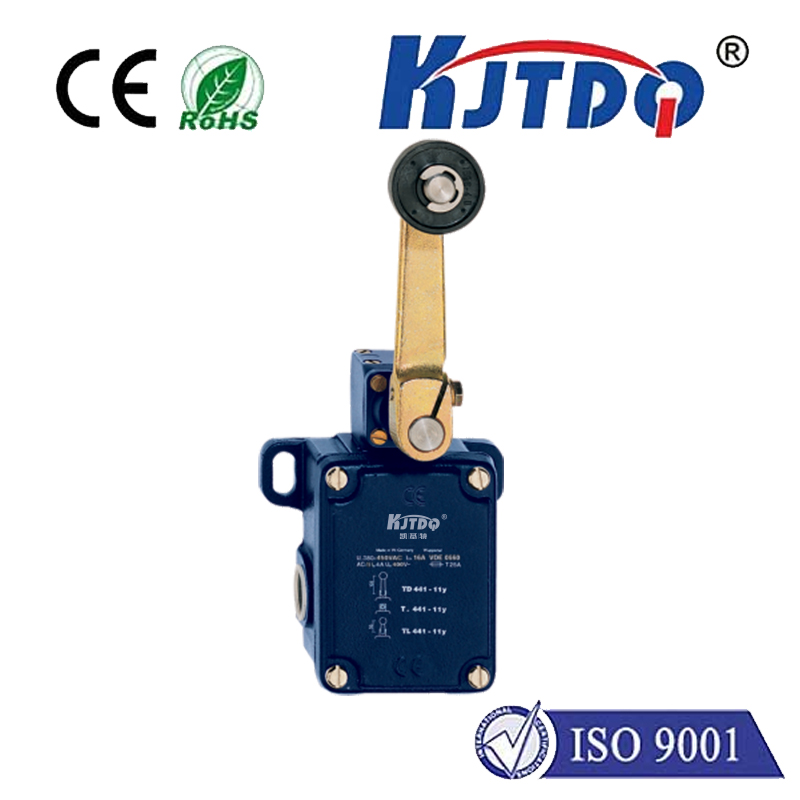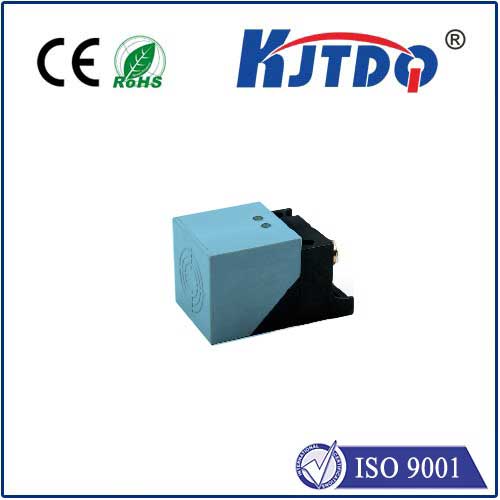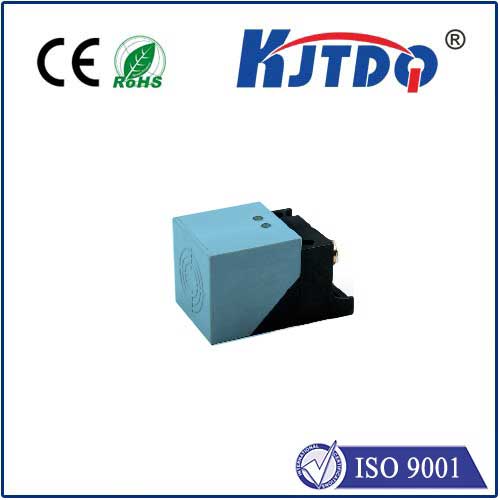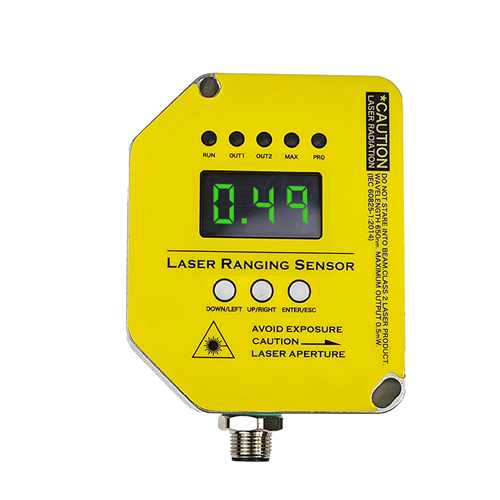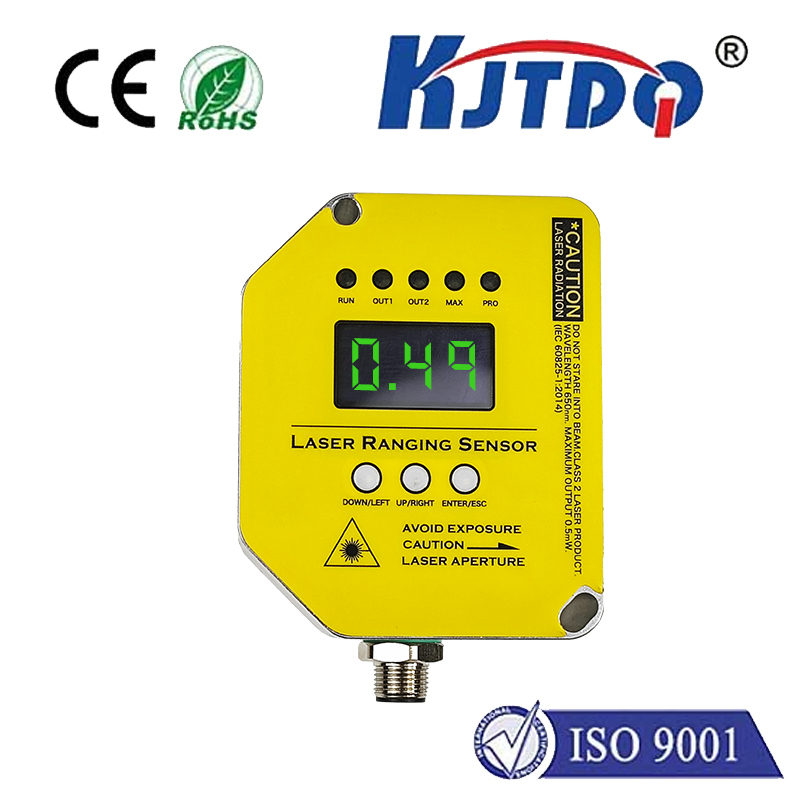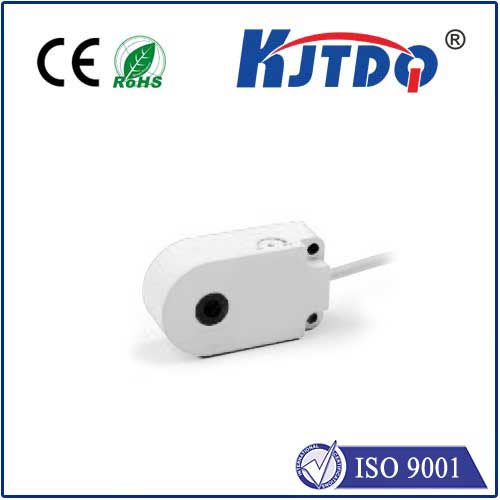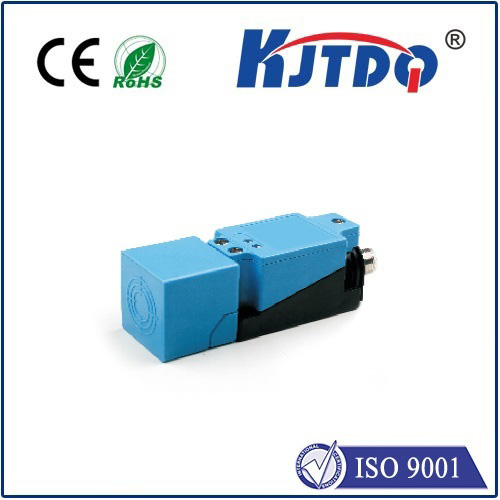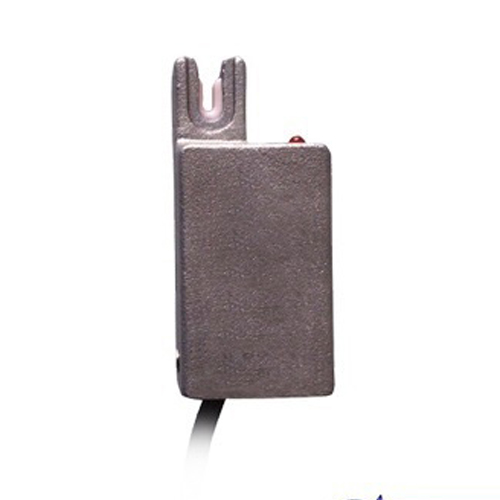proximity sensor magnetic
- time:2025-09-09 05:40:26
- Click:0
The Magnetism of Detection: How Magnetic Proximity Sensors Work and Where They Shine
Have you ever wondered how your car knows the door is ajar, your elevator senses the floor level precisely, or how complex factory machinery avoids collisions? Often hidden from view, a remarkable piece of technology is at work: the magnetic proximity sensor. These unassuming devices harness the power of magnetism to detect presence or absence without physical contact, enabling countless automated processes safely and reliably. Understanding their unique principles reveals why they remain a cornerstone in diverse applications, from heavy industry to everyday gadgets.
What Exactly is a Magnetic Proximity Sensor?
At its core, a magnetic proximity sensor is a device designed to detect the presence or absence of a ferromagnetic object (like iron or steel) within its sensing range. Crucially, it achieves this through non-contact means, utilizing magnetic fields. Unlike optical sensors that rely on light beams or capacitive sensors detecting changes in electrical fields, magnetic sensors specifically respond to changes in a magnetic field caused by a ferrous target.
The fundamental magic lies in the interaction between the sensor’s generated magnetic field and the approaching ferrous metal object. When this metal enters the sensor’s active zone, it disturbs the magnetic field. This disturbance is then translated by the sensor’s internal mechanism into an electrical signal – typically a simple on/off switch. This elegant principle makes them robust, wear-free, and highly dependable.

The Inner Workings: Hall Effect and Reed Switches
While there are variations, two primary technologies dominate magnetic proximity sensor construction:
- Hall Effect Sensors: These utilize the Hall Effect, a phenomenon where a voltage difference is generated across an electrical conductor when it is subjected to a perpendicular magnetic field. Inside the sensor, a Hall element continuously measures the local magnetic flux density. When a ferrous target approaches, it concentrates and intensifies the sensor’s magnetic field near the Hall element. This measurable change in field strength triggers the sensor’s output circuitry to switch states. Hall Effect sensors are known for their precise switching points, fast response times, and ability to detect static magnetic fields.
- Reed Switches: These are simpler, older, yet still widely effective components. A reed switch consists of two thin, ferromagnetic metal reeds sealed within a small glass tube filled with inert gas. The reeds act as contacts. When an external magnetic field (from either a permanent magnet acting as a target or the sensor’s own field modified by a ferrous target) is strong enough, it magnetizes the reels, causing them to attract each other and close the electrical circuit. Removing the magnetic field allows the reeds to spring apart (open circuit) due to their natural elasticity. Reed switches are valued for their simplicity, electrical isolation, and low cost.
The choice between Hall Effect and reed technologies often depends on the specific application requirements: Hall Effect offers superior precision and durability, while reed switches provide high isolation and cost-effectiveness.
Key Advantages: Why Choose Magnetic Sensing?
The enduring popularity of magnetic proximity sensors stems from several compelling benefits:
- Non-Contact Operation: Absolute elimination of physical wear and tear, ensuring long operational life and reliability.
- Robustness: Typically housed in rugged metal or tough polymer bodies, these sensors excel in harsh industrial environments – resisting dust, dirt, oil, vibration, moisture, and even temperature extremes far better than many optical alternatives.
- Sensing Specificity: They primarily detect ferrous metals, making them immune to interference from non-metallic objects, liquids, or other materials that might trigger capacitive or ultrasonic sensors. This is a critical advantage in complex settings.
- Simple Operation & Output: They generally provide a straightforward digital (on/off) output signal (like PNP/NPN or relay contacts), making them easy to integrate into control systems.
- Cost-Effectiveness: Particularly reed switch-based models offer a highly economical solution for basic presence detection needs.
- Speed: Fast response times are achievable, especially with Hall Effect sensors, suitable for high-speed counting or positioning tasks.
Where Magnetic Proximity Sensors Excel: Key Applications
Their unique strengths make magnetic proximity sensors indispensable across numerous sectors:
- Industrial Automation: The undisputed king of applications. Used extensively for:
- Position sensing of cylinders, actuators, and machine parts (valve position, end-of-travel detection).
- Speed monitoring by detecting gear teeth, sprockets, or rotating shafts.
- Object counting on conveyor lines for ferrous parts.
- Safety interlocks on guards and doors.
- Level detection in bins or tanks containing ferrous materials.
- Automotive: Found under the hood and throughout the vehicle:
- Detecting gear position (manual transmissions).
- Brake pedal position sensing.
- Wheel speed sensing for ABS and traction control systems (working with a toothed tone ring).
- Door/trunk/hood ajar switches (often using a magnet on the moving part and a sensor on the frame).
- Consumer Electronics & Appliances: Often found in:
- Laptop lid open/close detection (sleep/wake function).
- Tablet keyboard/case detection.
- Washing machine door locks.
- Smartphone flip/cover detection.
- Building Automation & Security:
- Elevator car position sensing.
- Door and window security contacts (detecting if opened).
- Access control systems.
- Hydraulics & Pneumatics: Reliable cylinder piston position sensing remains a primary use case.
Installation and Considerations: Getting the Best Performance
While robust, optimal performance requires correct installation:
- Sensing Distance: Be mindful of the specified nominal sensing distance (Sn). This is typically defined for a standard target material and size. Using smaller targets reduces effective range.
- Target Material: They detect ferromagnetic materials best. Stainless steels vary; austenitic grades (like 304, 316) are often non-magnetic and won’t trigger the sensor effectively.
- Alignment: Ensure the target approaches the sensor’s active face correctly. Side or angled approaches can significantly reduce sensing distance.
- Environmental Factors: While tough, consider extreme temperatures, strong external magnetic fields (from motors, transformers), or heavy welding splatter which might require special sensor types or shielding.
- Electrical Connection: Ensure correct wiring (sourcing/sinking - PNP/NPN) compatible with your control







